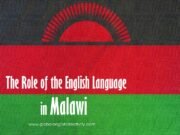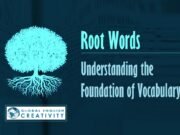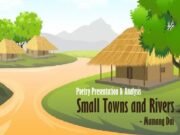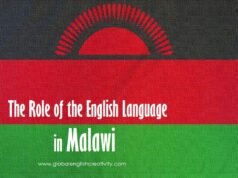Code-mixing is the blending of two or more languages or language varieties in speech. It is the typical linguistic process where there is the hybridization of two languages.
- Code-mixing is similar to the use or creation of pidgins, but a pidgin is created across groups that do not share a common language.
- Code-mixing may occur within a multilingual setting where speakers share more than one language.
- Code-mixing refers to the practice of mixing two or more languages or linguistic codes within a single conversation, sentence, or even a phrase.
- It occurs when a speaker alternates between two or more languages in a natural and seamless manner.
- This phenomenon is commonly observed in multilingual or bilingual communities where individuals are proficient in more than one language.
- It is often seen as a sign of language proficiency and cultural adaptability among multilingual speakers.
Code-mixing should not be confused with code-switching. While both involve the use of multiple languages.
Code-switching is when the language is arranged structurally and grammatically in other languages. Code-switching refers to the practice of switching between languages at specific points in a conversation, often for particular social or contextual reasons. Code-mixing, on the other hand, involves blending languages together more fluidly throughout the conversation.
- Code-switching refers to the practice of alternating between two or more languages or varieties of language in conversation.
- This can happen within a single sentence, between sentences, or in different contexts.
- Code-switching is a common phenomenon in bilingual or multilingual communities, and it can serve various social and communicative functions.
It’s important to note that code-switching is a natural and common linguistic behavior in many multilingual communities. It reflects the complexity and adaptability of language use in diverse social settings.

Examples: Code-mixing
• Let’s take a selfie during our lunch break yaar.
(Code-mixing: “selfie” – English, “yaar” – Hindi/Urdu)
• I’m going to comprar algunas frutas from the market.
(Code-mixing: “comprar” – Spanish, “algunas frutas” – Spanish, “market” – English)
• Yesterday, I attended a mela near my grandma’s house.
(Code-mixing: “mela” – Hindi/Urdu, “grandma’s house” – English)
• I’ll be there in ten minutes, espérame, por favor.
(Code-mixing: “espérame, por favor” – Spanish, “ten minutes” – English)
• I love this dress, yeh bilkul perfect hai!
(Code-mixing: “yeh bilkul, hai” – Hindi/Urdu, “this dress” – English)
• The meeting starts at 2 baje, don’t be late.
(Code-mixing: “baje” – Hindi/Urdu, “don’t be late” – English)
• My friend gave me this amazing libro to read.
(Code-mixing: “libro” – Spanish, “amazing” – English, “to read” – English)
• Can you please pass the paneer, gracias.
(Code-mixing: “paneer” – Hindi/Urdu, “gracias” – Spanish)
• She looked absolutely preciosa in that dress.
(Code-mixing: “preciosa” – Spanish, “absolutely” – English, “in that dress” – English)
• I’ll call you back in a while, thoda busy hoon.
(Code-mixing: “thoda, hoon” – Hindi/Urdu, “I’ll call you back” – English)
Examples: Code-switching
- “今晩は let’s have dinner together.” (Japanese-English)
- “I’ll send you the document по электронной почте.” (Russian-English)
- “Let’s go out for dinner, चलो जल्दी तैयार हो जाओ” (English-Hindi)
- “J’ai un rendezvous at 2 PM.” (French-English)
- “I have una reunión importante mañana.” (English-Spanish)
- “Ho bisogno di buy some groceries after work.” (Italian-English)
- “Ben de biraz work from home yapacağım today.” (Turkish-English)
Courtesy: ‘Andrea Breitenmoser’ Youtube Channel
also see:
| ONLINE GRAMMAR QUIZZES with CERTIFICATES |
| ENGLISH GRAMMAR_1 |
| ENGLISH GRAMMAR_2 |
| GRAMMAR: SPOT THE ERROR |
| USEFUL EXPRESSIONS IN ENGLISH SPEAKING |
| WORD FORMATION PROCESSES |
| PHONETICS |







































